Introduction
Changshu tea, a renowned variety of Chinese green tea, has captivated tea enthusiasts worldwide with its delicate flavor, vibrant aroma, and cultural significance. Originating from Changshu, a city in Jiangsu Province, this tea is celebrated for its meticulous cultivation and processing methods. However, like all perishable goods, Changshu tea has a limited shelf life, and its quality deteriorates over time if not stored properly. Understanding how long Changshu tea can last without spoiling—and the conditions that preserve its freshness—is crucial for both casual drinkers and connoisseurs. This article explores the shelf life of Changshu tea, the science behind its degradation, and actionable tips to extend its longevity.
Factors Affecting the Shelf Life of Changshu Tea
The longevity of Changshu tea depends on a complex interplay of factors, including oxidation levels, processing techniques, packaging, and environmental conditions.
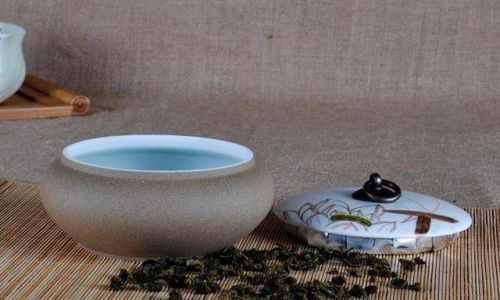
1 Oxidation and Processing Methods
Changshu tea, primarily a green tea, undergoes minimal oxidation during processing. Unlike oolong or black teas, which are partially or fully oxidized, green teas are quickly heated after harvesting to halt enzymatic activity. This preservation of chlorophyll and antioxidants contributes to their fresh, grassy flavor. However, the low oxidation level also makes green teas more susceptible to degradation. Exposure to air, moisture, and heat accelerates the breakdown of volatile compounds, leading to a loss of aroma and flavor.
2 Packaging Materials
The type of packaging significantly impacts shelf life. Tea leaves absorb moisture and odors from their surroundings, making airtight, opaque containers essential. Traditional packaging methods, such as foil-lined bags or ceramic jars, create a barrier against oxygen and light. Conversely, porous materials like paper or cloth allow moisture penetration, shortening the tea’s lifespan.
3 Environmental Conditions
- Temperature: Higher temperatures accelerate chemical reactions, including oxidation and microbial growth. Ideal storage temperatures for Changshu tea range between 0°C (32°F) and 10°C (50°F), though room temperature is acceptable if humidity is controlled.
- Humidity: Moisture is the primary enemy of tea leaves. Excess humidity encourages mold growth and causes leaves to clump, ruining their texture. The ideal relative humidity for tea storage is below 60%.
- Light: Ultraviolet (UV) rays from sunlight or artificial light degrade chlorophyll and other pigments, causing tea leaves to fade and lose flavor.
- Oxygen: Exposure to air oxidizes the leaves, leading to rancidity and a stale taste.
4 Tea Type and Age
While this article focuses on Changshu green tea, it’s worth noting that aged teas, such as Pu-erh, undergo intentional fermentation and improve with age. However, Changshu tea is not designed for aging; its quality peaks within a year of production.
Optimal Storage Conditions for Changshu Tea
To maximize shelf life, adhere to the following guidelines:
1 Airtight Containers
Store tea in vacuum-sealed bags, tin cans, or ceramic jars with rubber gaskets. Avoid clear glass jars, as they allow light exposure. If using glass, wrap it in opaque material.
2 Temperature Control
Refrigerate or freeze tea in airtight containers to slow degradation. However, avoid frequent temperature fluctuations, as condensation can introduce moisture. Allow refrigerated tea to reach room temperature before opening the container to prevent moisture buildup.
3 Humidity Management
Use desiccant packets (silica gel) in storage containers to absorb excess moisture. Avoid storing tea in damp areas like basements or near sinks.
4 Dark Environment
Keep tea away from direct sunlight or bright artificial light. A pantry or cupboard is ideal.
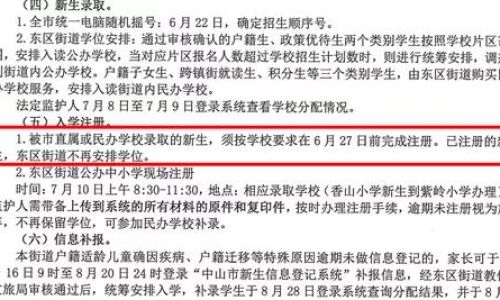
5 Odor Prevention
Tea leaves absorb odors easily. Store them away from spices, coffee, or other strong-smelling items.
Shelf Life of Changshu Tea by Type
While Changshu primarily produces green tea, variations in processing yield different styles, each with distinct shelf lives.
1 Green Tea (Unfermented)
- Shelf Life: 6–12 months when stored optimally.
- Degradation Signs: Fading color, weakened aroma, and a grassy taste turning dull or astringent.
2 Oolong Tea (Semi-fermented)
Though less common in Changshu, some oolong variants may exist.
- Shelf Life: 12–24 months.
- Degradation Signs: Loss of floral or fruity notes, development of musty undertones.
3 Black Tea (Fully Fermented)
Rarely produced in Changshu, but if present:
- Shelf Life: 18–36 months.
- Degradation Signs: Mellowing of malty or smoky flavors, emergence of dusty notes.
4 Aged Teas
Changshu tea is not traditionally aged, but some producers experiment with limited oxidation.
- Shelf Life: 3–5 years (if intentionally aged).
- Requirements: Strict humidity control (50–60% RH) and low temperatures.
Signs of Spoilage in Changshu Tea
Identifying spoilage early prevents consumption of subpar tea. Key indicators include:
1 Aroma Changes
Fresh Changshu tea emits a vibrant, vegetal scent. Spoilage begins with a weakened aroma, progressing to a stale or musty odor.
2 Color Fading
Bright green leaves may dull to yellow or brown. The infusion might appear murky or lack luster.

3 Taste Alterations
A once-brisk, refreshing flavor becomes flat, bitter, or metallic. Off-flavors like rancidity or sourness indicate spoilage.
4 Mold Growth
Fuzzy patches or a powdery residue on leaves signal microbial contamination. Discard immediately.
5 Texture Issues
Dry, crisp leaves becoming clumpy or overly brittle suggest moisture exposure or age.
Extending the Shelf Life of Changshu Tea
Beyond optimal storage, advanced techniques can prolong freshness.
1 Vacuum Sealing
Removing air from packaging halts oxidation. Use vacuum-sealed bags for long-term storage.
2 Refrigeration and Freezing
- Refrigeration: Suitable for 3–6 months. Seal tightly to prevent condensation.
- Freezing: Extends shelf life to 1–2 years. Divide tea into small portions to avoid repeated thawing.
3 Repackaging After Opening
Transfer tea from original packaging to airtight containers immediately after opening.
4 Rotation and Inventory Management
Label tea with purchase dates and consume older batches first.
5 Buying in Moderation
Purchase quantities aligned with consumption rates to avoid prolonged storage.

Cultural and Practical Considerations
In Changshu, tea storage is steeped in tradition and practicality.
1 Traditional Storage Methods
Historically, families stored tea in clay jars buried underground to maintain stable temperatures. Modern adaptations include using sealed porcelain containers in cool cellars.
2 Tea Ceremonies and Freshness
In Changshu’s tea culture, freshness is paramount. Ceremonies often emphasize using tea harvested within the same year to honor its delicate flavors.
3 Economic Impact
For tea merchants, proper storage preserves brand reputation and reduces waste. Investments in climate-controlled warehouses ensure quality during transit and shelving.
Conclusion
Changshu tea, a testament to China’s rich tea heritage, offers a fleeting yet profound sensory experience. Its shelf life, though limited, can be extended through mindful storage practices. By controlling oxidation, moisture, light, and temperature, enthusiasts can savor its vibrant flavors for months. Whether stored in a ceramic jar or a vacuum-sealed pouch, the key lies in understanding the delicate balance between preservation and enjoyment. As Changshu tea ages, it whispers stories of its origin—a reminder that patience and care transform a simple leaf into a timeless elixir.
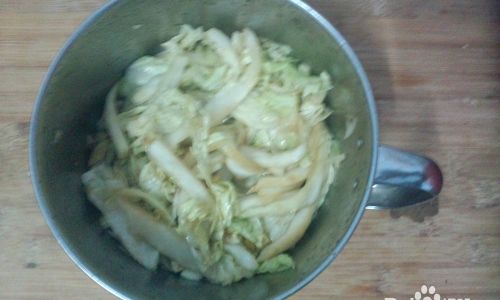
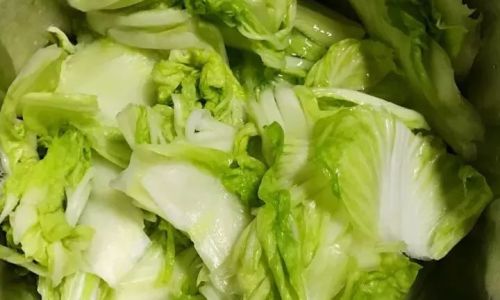

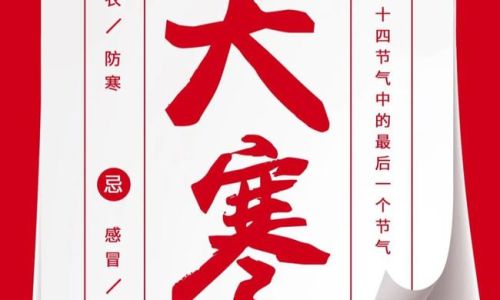
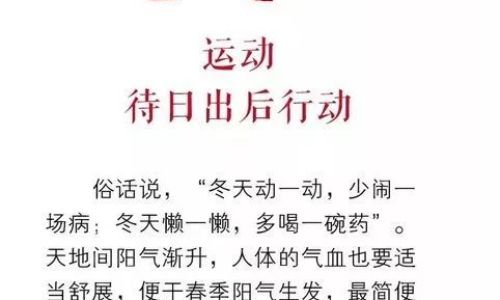
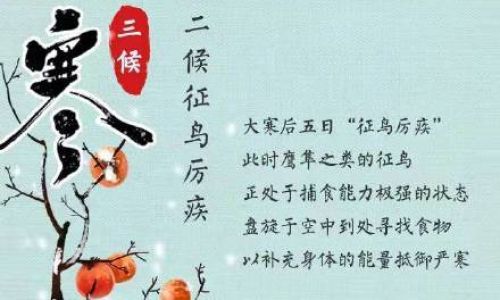
0 comments